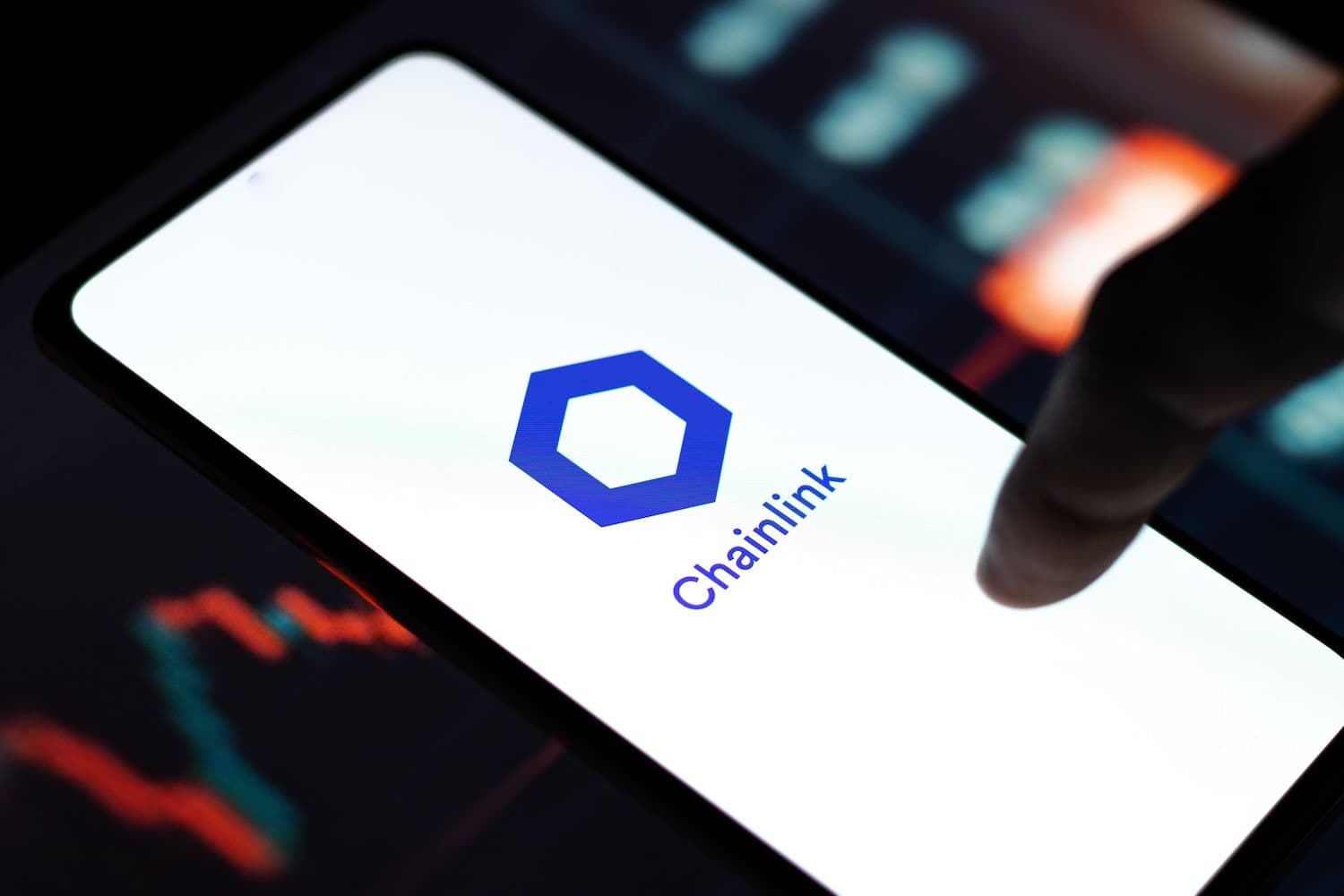Chainlink's native token dropped more than 5% to $18.41 on Tuesday despite S&P Global Ratings announcing it will publish stablecoin risk assessments directly on blockchain networks through Chainlink's infrastructure. The decline underscores a disconnect between market sentiment and institutional adoption as the credit rating agency moves to provide on-chain transparency for the $305 billion stablecoin sector.
What to Know:
- S&P Global will publish Stablecoin Stability Assessments on public blockchains through Chainlink's DataLink, marking the first time a major credit rating agency has provided real-time risk data directly on-chain
- The assessments rate 10 major stablecoins on a scale from 1 (very strong) to 5 (weak), with Tether receiving a 4 rating ("constrained") due to concerns about peg instability during market stress
- The stablecoin market has grown to $305 billion from $173 billion one year ago, driven partly by the GENIUS Act establishing federal regulatory frameworks
S&P Brings Credit Analysis to Blockchain Networks
S&P Global Ratings will make its Stablecoin Stability Assessments available through Chainlink's DataLink service, allowing decentralized finance platforms and institutional investors to access credit risk data without leaving blockchain networks.
The assessments evaluate how reliably each stablecoin maintains its peg to the U.S. dollar based on reserve quality, transparency, regulatory compliance and market performance. Smart contracts can now integrate these ratings directly into automated decision-making processes.
The initial rollout covers 10 major stablecoins including Tether's USDT and Circle's USD Coin. Each receives a numerical score reflecting asset quality, governance structures, regulatory standing, liquidity levels and resilience during market volatility. Chainlink announced the partnership in a statement noting that S&P Global is "the leading credit rating agency relied on by 95% of the top 20 global institutional investors."
The assessments launched on Base, Coinbase's Ethereum Layer 2 network, with potential expansion to other blockchains. DeFi protocols, asset managers and risk officers can use the data to benchmark stablecoin exposure, adjust capital allocation and satisfy regulatory requirements.
Chuck Mounts, S&P Global's chief DeFi officer, said the move reflects "our commitment to meeting our clients where they are" by enabling market participants "to access our assessments seamlessly using their existing DeFi infrastructure."
Market Growth Meets Regulatory Clarity
The stablecoin sector has nearly doubled in the past year, reaching $305 billion from $173 billion. The expansion follows passage of the GENIUS Act, which created the first federal regulatory framework for stablecoins in the United States. Clearer rules have given institutional investors more confidence to integrate blockchain technology while maintaining compliance standards.
Chainlink processes more than $25 trillion in DeFi transactions and secures approximately $100 billion in value across decentralized networks.
The company's infrastructure serves as a data bridge between traditional financial systems and blockchain applications. S&P's decision to use this network signals growing institutional acceptance of decentralized data feeds.
In its public assessments, S&P assigned Tether a rating of 4, labeled "constrained," citing potential instability in maintaining its dollar peg during periods of market stress. The ratings update periodically, allowing protocols and investment funds to respond quickly to changing market conditions or regulatory developments. The transparency addresses longstanding concerns about collateral backing and reserve composition that have plagued the stablecoin sector.
Understanding Key Terms
Stablecoins are digital currencies designed to maintain a fixed value relative to traditional assets, typically the U.S. dollar. They serve as a bridge between conventional money and cryptocurrency markets, allowing traders to move funds quickly without converting back to government-issued currency.
Layer 2 networks like Base process transactions faster and more cheaply than the main Ethereum blockchain by bundling multiple operations together.
Decentralized finance platforms operate without traditional intermediaries like banks or brokerages. Smart contracts execute transactions automatically when predetermined conditions are met. On-chain data refers to information recorded directly on a blockchain, making it publicly verifiable and resistant to tampering.
Credit ratings assess the likelihood that a financial instrument will maintain its value or meet obligations. Traditional agencies like S&P Global evaluate everything from government bonds to corporate debt. Applying these methods to stablecoins represents an attempt to bring established risk assessment practices into cryptocurrency markets.
Final Thoughts
The partnership between S&P Global and Chainlink marks a shift toward institutional-grade infrastructure in decentralized finance. Real-time credit assessments available directly on blockchain networks could accelerate adoption by risk-averse investors who previously avoided cryptocurrency markets due to transparency concerns. Whether this translates to broader market confidence remains uncertain, as evidenced by Link's price decline despite the announcement.

